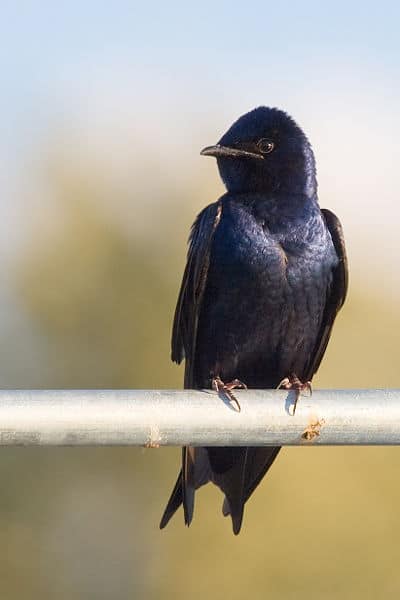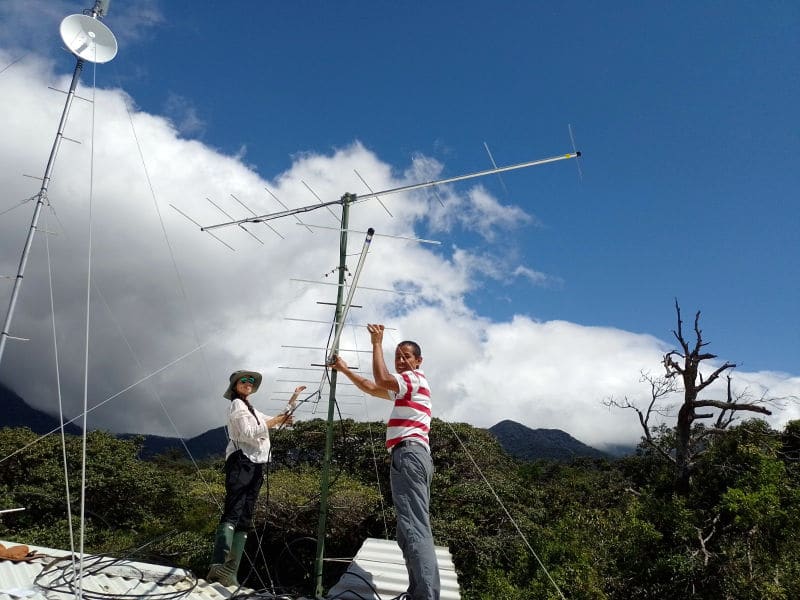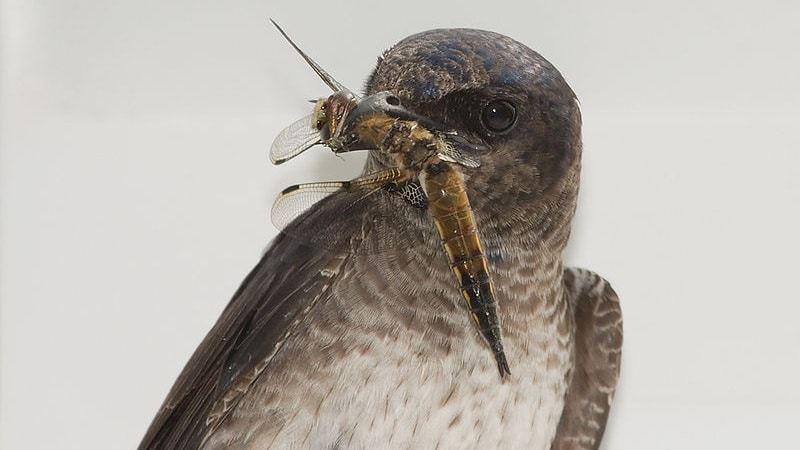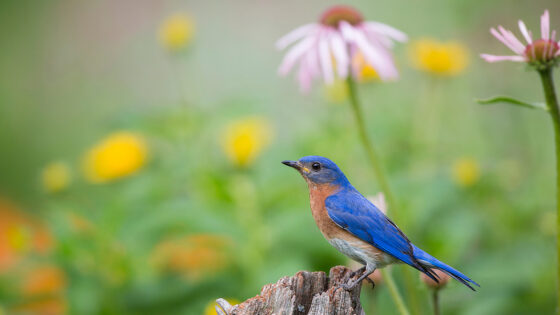
The migration of animals, particularly migratory birds, has always amazed scientists at Stroud Water Research Center with their sometimes epic global connections — whether it is the albatross, staying aloft for years as they glide over oceans, or the annual migration of Canada geese dotting our skies in their classic “V” formation during north–south migrations across North America. In this context, we were excited to be reminded of the connections between our home watershed, the Christina River watershed in southeastern Pennsylvania and Delaware, and the watersheds we study in Costa Rica.

Over the last 18 months, Jeffrey Buler, Ph.D., a wildlife ecology researcher at the University of Delaware, tagged nearly a hundred purple martins with nanotag radio telemetry transmitters.
These radio tags ping off sensor towers around the world, though mostly in North America, as part of the Motus Wildlife Tracking System spearheaded by Birds Canada. Motus is an international collaborative research network that uses coordinated automated radio telemetry for research and education on the ecology and conservation of migratory animals. In the northeastern United States, several nonprofit, academic, and governmental organizations have participated in the Northeast Motus Collaboration to deploy telemetry towers and tag various wildlife. Notably, Willistown Conservation Trust, a Stroud Center partner in watershed restoration and community science, has led these efforts to expand the Motus network and bring community philanthropy to the growing network of public and private funders.
With interest from the Stroud Center and researchers in Costa Rica working with the Guanacaste Dry Forest Conservation Fund, investments have been made to deploy Motus towers in northern Costa Rica to document and learn more about migratory birds passing through the mountains and wildlands of Central America. To date, nine towers have been deployed in Costa Rica, and more are planned.
In October of last year, a tower was activated in Guanacaste National Park in northwestern Costa Rica at Pitilla Biological Station, which sits on the east side of the continental divide about five miles due east of Maritza Biological Station (where the Stroud Center has conducted research since 1987). One month later, we installed and activated a tower at Maritza, thanks to support from the Blue Yak Foundation.

One of the purple martins Buler tagged in July was detected from towers at the Delaware Museum of Natural History, Longwood Gardens, the DuPont Environmental Education Center, Bucktoe Preserve, Westtown School, Rushton Farm, and others deployed in the watershed. The bird had spent its remaining summer months foraging throughout the Christina River basin.
Then around September 2, it was detected at Cape May Point State Park as it started its journey southward down the Atlantic Flyway. On October 18, it was detected at Pitilla Biological Station, only two days after the station’s tower was activated. The martin was last detected at Pitilla on October 27. Presumably, the bird continued on its way to overwintering grounds somewhere in Brazil, and we now anxiously await further detections, perhaps on its return north this spring.
Purple martins are insect feeders and do consume aquatic insects; however, they are not a dominant food item. Learn more about purple martins.




